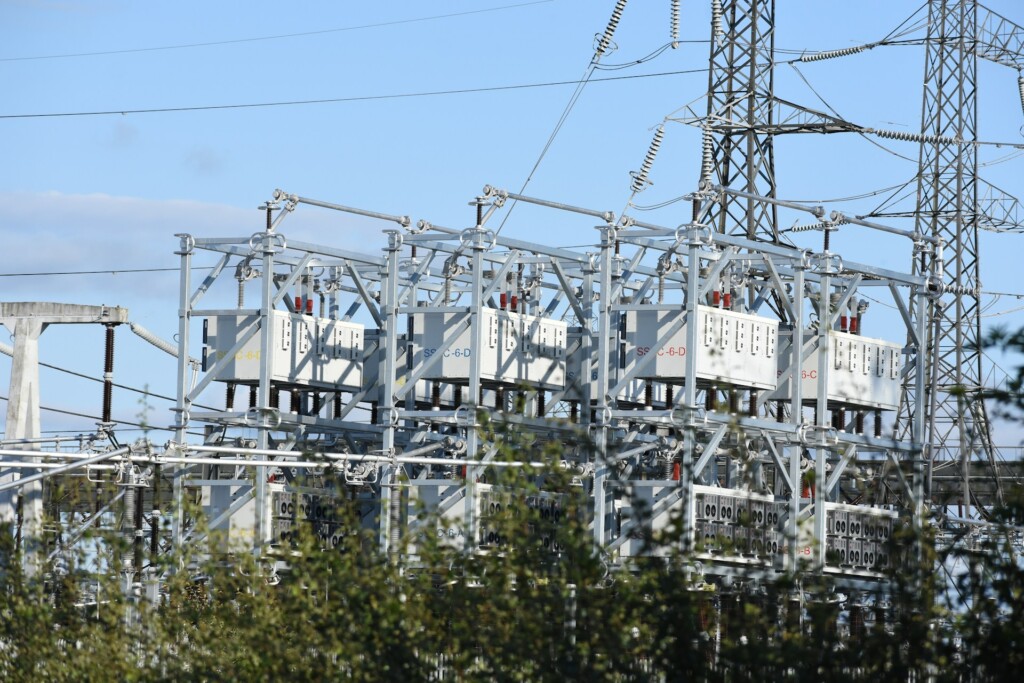The global push for energy efficiency has never been more intense. With increasing demand for sustainable and reliable energy, traditional power networks are being rapidly transformed by advanced monitoring systems.
Intelligent grid monitoring is at the forefront of this evolution, using cutting-edge technologies to enhance performance, reduce energy waste, and support the transition to smart energy solutions.
This post explores how intelligent grid monitoring improves grid efficiency and reliability while also empowering utilities to meet modern energy challenges head-on.
Why Power Grid Monitoring Is Crucial
Power grids are the backbone of energy distribution, connecting energy producers to millions of consumers. However, aging infrastructure, fluctuating demand patterns, and the integration of renewable energy resources pose a growing list of challenges.
Without proper monitoring, these systems may face substantial inefficiencies, outages, and even long-term instability.
Grid monitoring brings visibility into every layer of the energy infrastructure, ensuring issues are identified and addressed proactively. From tracking energy flow to managing overloading, modern power grid monitoring systems play a vital role in maintaining grid efficiency.
The Role of Intelligent Monitoring in Modern Grids
Traditional power grid monitoring relied heavily on periodic inspections and manual assessments. While these approaches worked in the past, they are no longer sufficient to handle the demands of modern electrical grids. This is where intelligent systems come into play.
Systems with Intelligence (SWI), for instance, leverage advanced sensors, data analytics, and AI-driven tools to provide real-time insights into grid performance. Below are some ways intelligent monitoring is revolutionizing grid management:
1. Real-time Data Collection and Analysis
Intelligent grid monitoring systems gather real-time data from across the grid, including substations, transformers, and load distribution centers. This data offers insights into voltage levels, current flow, and equipment health, allowing operators to make informed decisions instantly.
Example:
Imagine a renewable-energy-driven grid where solar and wind energy inputs fluctuate throughout the day. By utilizing intelligent systems, operators can analyze these fluctuations and optimize energy storage or redirect distribution to maintain stability.
2. Predictive Maintenance
One of the standout features of smart energy monitoring solutions is their ability to predict equipment failures before they occur. By analyzing historical data and detecting anomalies in operating conditions, these systems can predict when maintenance is required, significantly reducing downtime and repair costs.
Key Benefit:
According to industry reports, predictive maintenance enabled by intelligent grid monitoring reduces equipment failures by up to 40% and minimizes maintenance expenses by 15-20%.
3. Improved Energy Distribution Efficiency
Uneven distribution within power grids often leads to energy losses and inefficiencies. Intelligent systems optimize load distribution by identifying and redistributing energy flow where needed. This ensures that excess energy in one area can be transferred to locations with higher demand.
Outcome:
Efficient energy flow reduces overall losses, translating into cost savings for utilities and lower bills for consumers.
4. Integration with Renewable Energy Sources
Renewable energy plays a significant role in modern power grids, but its variability presents unique challenges. Intelligent grid monitoring systems adapt dynamically to changes in renewable energy supply, ensuring steady integration into the grid.
Supporting Fact:
Research shows that high-efficiency grid monitoring increases the stability of grids that integrate up to 50% renewable energy sources.
Smart Energy for a Sustainable Future
Intelligent monitoring does more than provide visibility; it shapes the direction of smart energy deployment. By continuously learning and adapting, these systems are key enablers of energy sustainability and decarbonization efforts.
Key Sustainability Benefits of Intelligent Grid Monitoring:
- Reduced Carbon Footprint: Smarter grids operate more efficiently, contributing to reduced greenhouse gas emissions.
- Demand-side Management: Intelligent systems engage directly with end-users to optimize consumption patterns and reduce overall energy demand.
- Grid Reliability: Systems with Intelligence provide early warnings for potential outages, ensuring uninterrupted energy access.
Industries Leading the Way with Advanced Monitoring Systems
Several sectors are already reaping the benefits of intelligent grid monitoring. Here are three key applications:
Utilities
Electric utility companies use advanced monitoring tools to enhance system resilience and optimize service delivery. Grid monitoring ensures peak demand periods are smoothly managed without interruptions.
Smart Cities
Smart energy solutions are foundational to smart cities. Intelligent grid monitoring enables efficient electricity use, making urban areas sustainable and environmentally friendly.
Industrial Plants
Large-scale industries rely on a consistent energy supply to maintain operations. Smart grid monitoring helps industries manage their energy consumption efficiently while preventing downtime caused by power disruptions.
Overcoming Challenges in Implementing Intelligent Monitoring
Despite its benefits, adopting intelligent grid monitoring systems is not without challenges. The key hurdles include:
- High Initial Investment: Implementing advanced systems involves significant upfront costs for utilities and industries, especially in upgrading infrastructure.
- Data Security: Real-time data collection raises cybersecurity concerns, requiring robust security protocols to be in place.
- Workforce Training: Employing intelligent systems requires skilled personnel. Organizations must invest in comprehensive training programs to upskill their teams.
The Future of Energy Management Lies in Intelligent Monitoring
The days of relying on outdated grid management practices are behind us. Intelligent grid monitoring has emerged as a vital tool for navigating the complexities of modern power systems.
By enhancing grid efficiency, reducing operational costs, and supporting renewable energy integration, these systems are leading us toward a smarter, greener future.
Are you ready to upgrade your energy management systems? Solutions like Systems with Intelligence can help utilities and industries unlock the full potential of intelligent grid monitoring. Investing in these technologies today paves the way for a sustainable and high-performing grid tomorrow.






